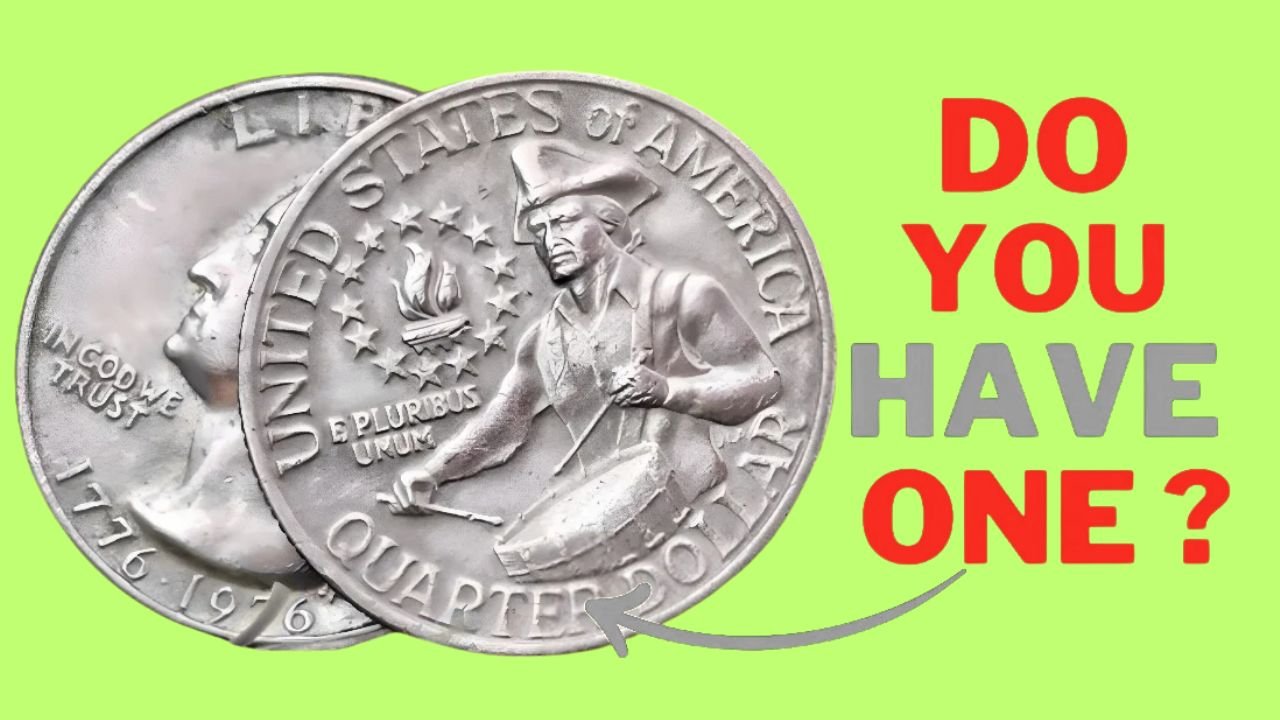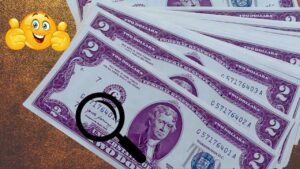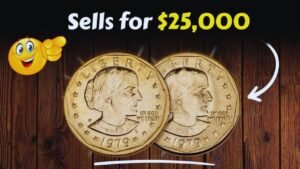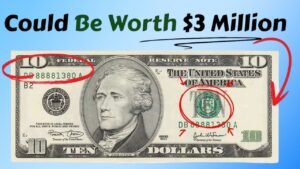The 1976 Bicentennial Quarter is more than just a coin. It celebrates America’s 200th anniversary with a unique design. But could one of these quarters be worth $2.5 billion? Rumors of a rare version spark excitement among collectors. This article dives into the legend, the coin’s history, and tips to spot a valuable one.
What Is the Bicentennial Quarter?
The United States Mint released the Bicentennial Quarter in 1976. It honors 200 years of American independence. Unlike regular quarters with an eagle, it features a colonial drummer on the reverse. The design captures the revolutionary spirit. Millions were minted, making them common in circulation.
Why Is It Special?
The Bicentennial Quarter stands out for its unique design. The obverse shows George Washington, while the reverse has a drummer boy, 13 stars, and “1776-1976” dates. Some coins were made in 40% silver for collectors. Most, however, are copper-nickel and worth face value—unless they have rare errors.
The $2.5 Billion Quarter: Fact or Fiction?
A legendary Bicentennial Quarter is rumored to be worth $2.5 billion. Experts believe a minting error or unique feature could drive such a value. While no coin has ever sold for this amount, the story fuels collector dreams. Rare errors like double strikes or wrong metal planchets make coins valuable.
What Makes a Coin Worth Billions?
Several factors could make a Bicentennial Quarter priceless:
- Minting Errors: Double strikes, off-center designs, or missing mint marks.
- Unique Composition: Coins struck on rare metals, like silver instead of copper-nickel.
- Condition: Uncirculated coins in pristine condition fetch higher prices.
- Provenance: A coin with a unique history, like being owned by a famous person.
Real-Life Examples of Valuable Quarters
While the $2.5 billion claim may be exaggerated, rare quarters have sold for millions. For example:
- A 1970-S proof quarter with a doubling error sold for $35,000.
- A 1969-S quarter with a die error fetched $25,000 at auction.
These examples show that rare errors can significantly boost a coin’s value.
Could It Still Be in Circulation?
The idea that a $2.5 billion quarter is still in circulation excites collectors. Most Bicentennial Quarters are worth 25 cents. But a rare one could be hiding in your change. Collectors are encouraged to check every quarter for unusual features.
Where to Look for Rare Coins
You don’t need to be a numismatist to find treasures. Check these places:
- Pocket Change: Examine quarters from daily transactions.
- Coin Rolls: Banks sell rolls of quarters that may contain rare coins.
- Old Coin Jars: Family heirlooms or forgotten jars could hold surprises.
- Flea Markets: Sellers may not know the value of their coins.
How to Spot a Valuable Bicentennial Quarter
Not all Bicentennial Quarters are worth millions, but some are valuable. Look for these signs:
- Double Strikes: Images or text appear doubled.
- Off-Center Minting: The design is misaligned.
- Wrong Planchet: The coin is struck on an unusual metal.
- Mint Marks: Check for “S” (San Francisco) or “D” (Denver) marks.
Tools for Coin Inspection
To evaluate your quarters, use these tools:
- Magnifying Glass: Spot small errors or mint marks.
- Coin Scale: Check for unusual weight (e.g., silver vs. copper-nickel).
- Reference Guides: Books like A Guide Book of United States Coins help identify rarities.
| Feature | Common Quarter | Rare Quarter |
|---|---|---|
| Material | Copper-Nickel | Possible Silver |
| Mint Mark | D, P, or None | S (San Francisco) |
| Condition | Circulated | Uncirculated |
| Error Types | None | Double Strike, Off-Center |
| Estimated Value | $0.25 | $100–Millions |
The Thrill of Numismatics
Coin collecting, or numismatics, is a blend of history and treasure hunting. The Bicentennial Quarter’s story shows how ordinary objects can hold extraordinary value. Collectors find joy in the chase, knowing a rare coin could be in their pocket. It’s a hobby that connects you to history.
Why Start Collecting Coins?
Numismatics offers many benefits:
- Historical Connection: Each coin tells a story.
- Potential Profit: Rare coins can be valuable investments.
- Community: Join clubs or online forums to share finds.
- Fun for All Ages: Kids and adults can enjoy the hunt.
Tips for Aspiring Coin Collectors
Ready to start your numismatic journey? Follow these tips:
- Learn the Basics: Study coin designs, mint marks, and errors.
- Start Small: Focus on common coins like quarters or pennies.
- Store Properly: Use coin holders to protect your collection.
- Get Professional Help: Have rare coins graded by PCGS or NGC.
- Stay Patient: Finding a valuable coin takes time and luck.
Frequently Asked Questions
1. What makes the Bicentennial Quarter unique?
The 1976 Bicentennial Quarter has a colonial drummer design, unlike the eagle on standard quarters. It was minted to celebrate America’s 200th anniversary.
2. Is there really a $2.5 billion Bicentennial Quarter?
The $2.5 billion value is likely a myth. However, rare errors or unique coins can be worth thousands or even millions.
3. How do I know if my quarter is valuable?
Check for minting errors like double strikes or off-center designs. A professional numismatist or grading service can confirm its value.
4. Are Bicentennial Quarters still in circulation?
Yes, many are still used as regular change. Most are worth 25 cents, but rare ones could be valuable.
5. Should I save every Bicentennial Quarter?
Keep quarters with unusual features or errors. Even common ones have historical value and are worth saving for sentimental reasons.
Conclusion
The $2.5 billion Bicentennial Quarter may be a legend, but its story inspires collectors worldwide. Numismatics blends history, mystery, and the thrill of discovery. Start checking your change today—you never know what treasure awaits. Have a Bicentennial Quarter? Inspect it closely, and you might uncover a hidden gem!




